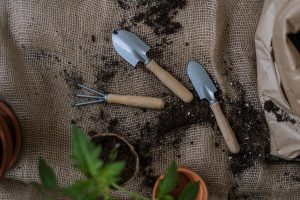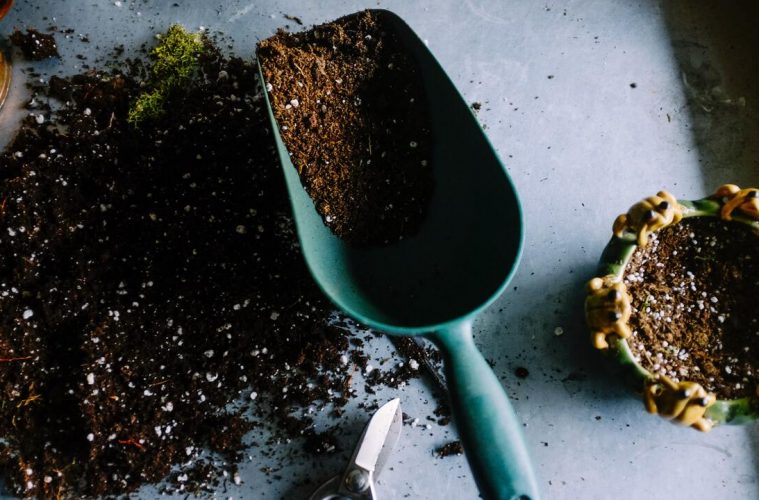A spongy, lightweight natural resource, peat moss has been used in the gardening world since the 1940s. Gardeners value peat moss for its ability to retain moisture and create airflow while allowing extra water to drain. These abilities make it a popular additive in soil mixes and soilless mixes alike. Peat moss is also inexpensive as well as free of disease and pests.
It sounds like the perfect growing medium – so what’s the catch?
While it carries great value as a growing medium, there is debate about its impact on the environment. Peat moss is made from partially decomposed sphagnum moss. It takes thousands of years for conditions to turn this organic matter into peat. Then, people mine it from the wetlands. This process is destructive to the peatland and harms the habitat of many plants and animals.
Harvesting peat moss also has an impact on drinking water for humans. Like other wetlands, peatlands purify the water that passes through them. Peatlands are responsible for the filtration of about 10% of the world’s fresh water supply. As peatlands are destroyed in the harvesting process, drinking water quality decreases.

cottonbro – pexels
Not only does harvesting peat moss hurt the local habitat, but it has a negative impact on the earth as a whole as well. Peatlands accumulate and store carbon dioxide, which prevents it from going into the atmosphere. They are known as carbon sinks and contain a whopping 30% of the world’s soil carbon. Harvesting peat moss releases stored carbon into the atmosphere, which can contribute to global warming.
So what can we as gardeners do to reduce our environmental impact when it comes to peat moss? Luckily, there is a variety of peat moss alternatives available on the market so we can keep gardening while helping preserve the peatlands.
Coconut coir is becoming one of the most popular and well-known alternatives to peat moss. Also called coir peat, coco peat, or palm peat, this medium is created from the fibres of the outer husk of coconuts. It is capable of retaining large amounts of water, while also helping water drain when added to soil. It also helps to aerate the soil so that roots get the oxygen they need. Coconut coir even has antifungal properties, so it can help prevent damping off. Even compost can be used as a peat moss alternative in some areas, as long as its moisture retention is balanced with drainage materials.
If you want to consider the environment a little more in your gardening practices, try one of the sustainable alternatives and choose potting soils that are ethically sourced.
READ MORE: Container Gardening 101: making your own potting mix


